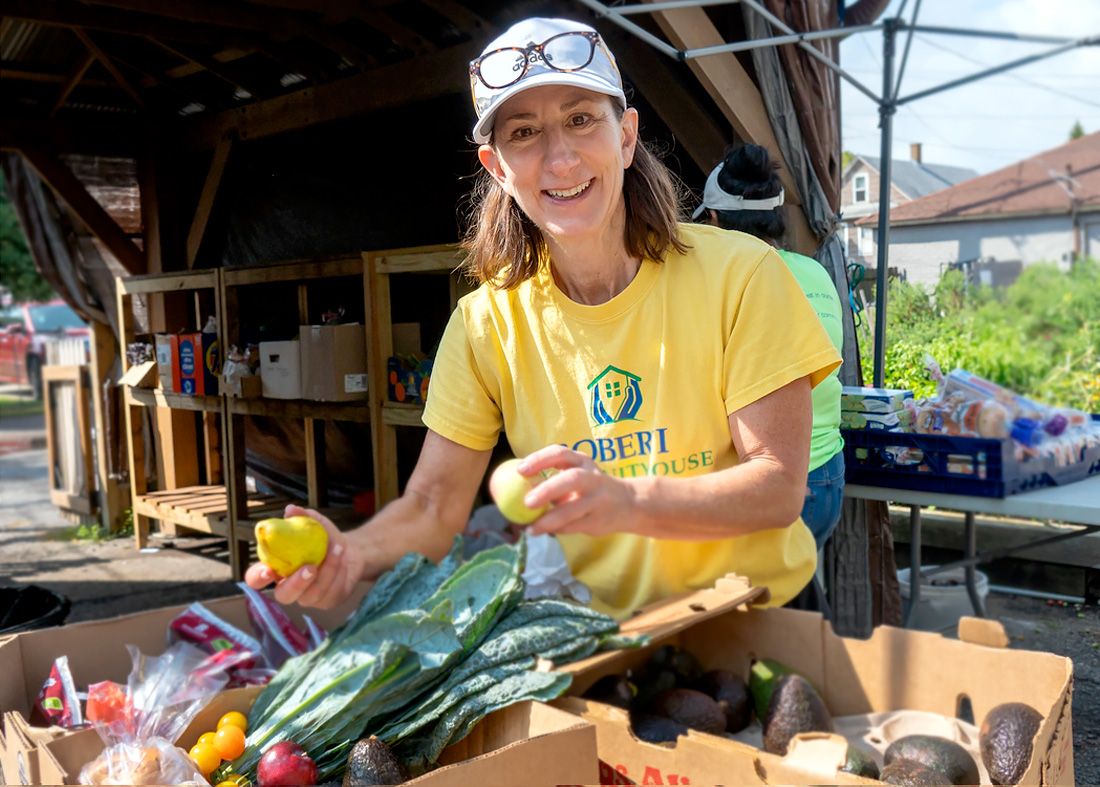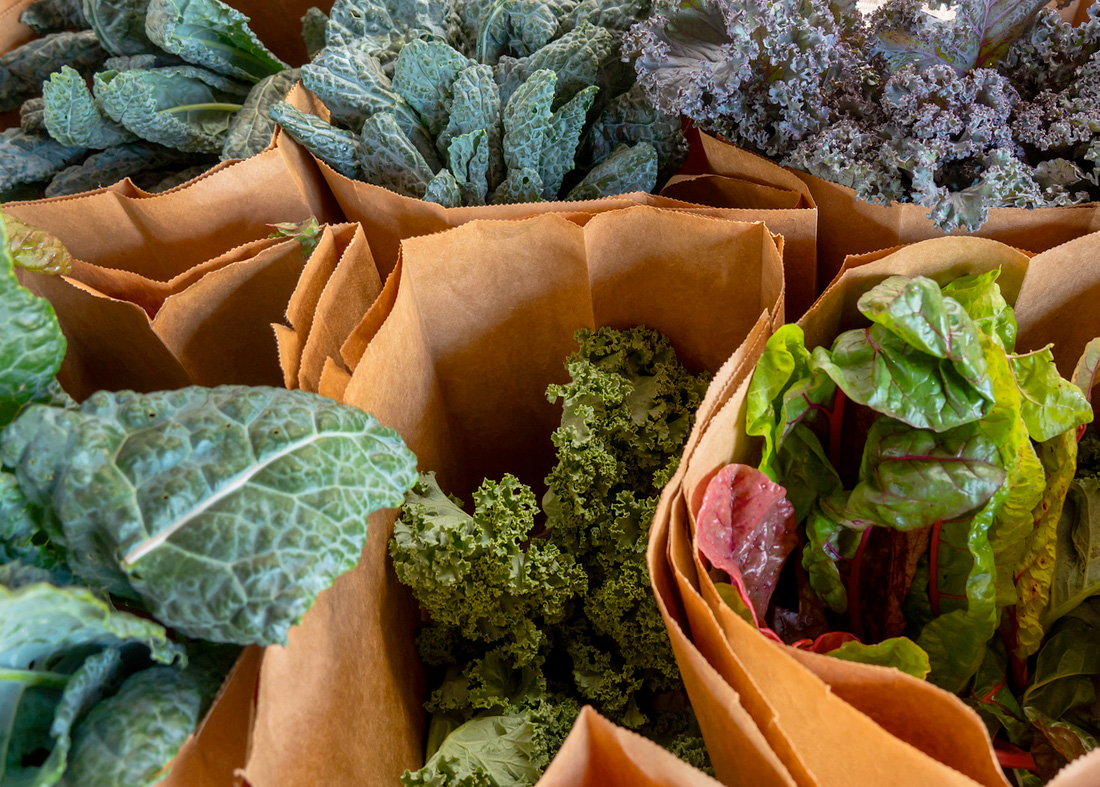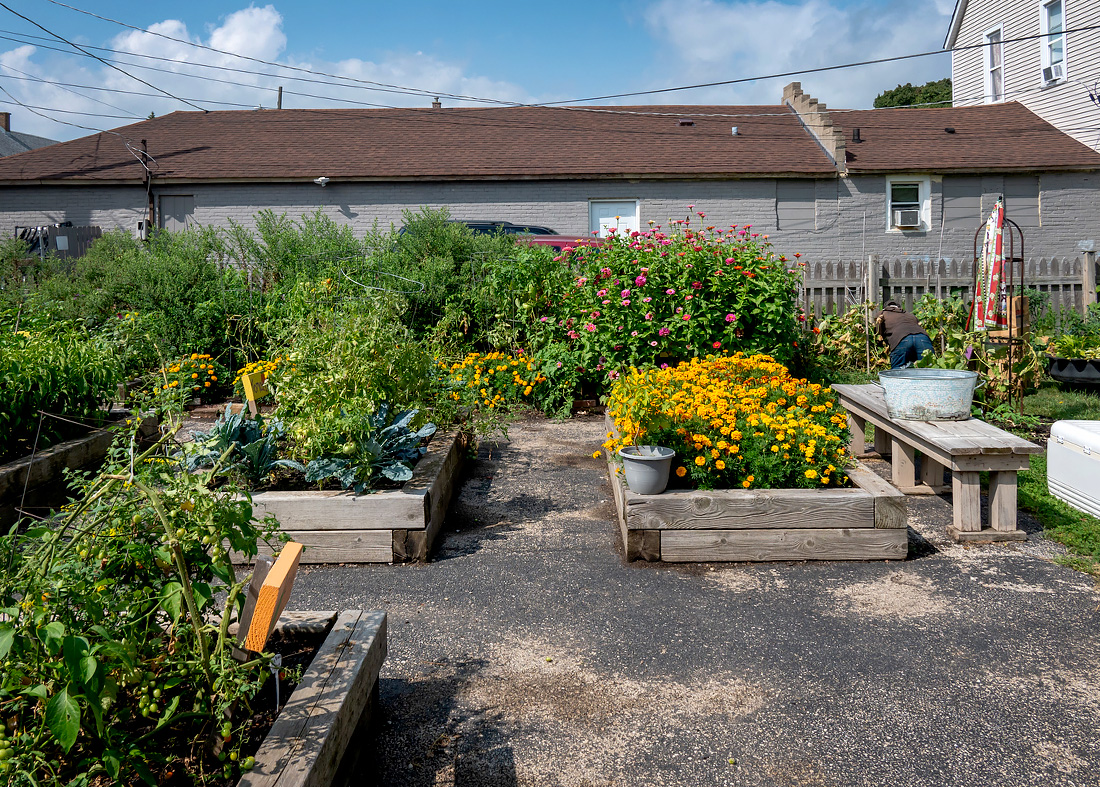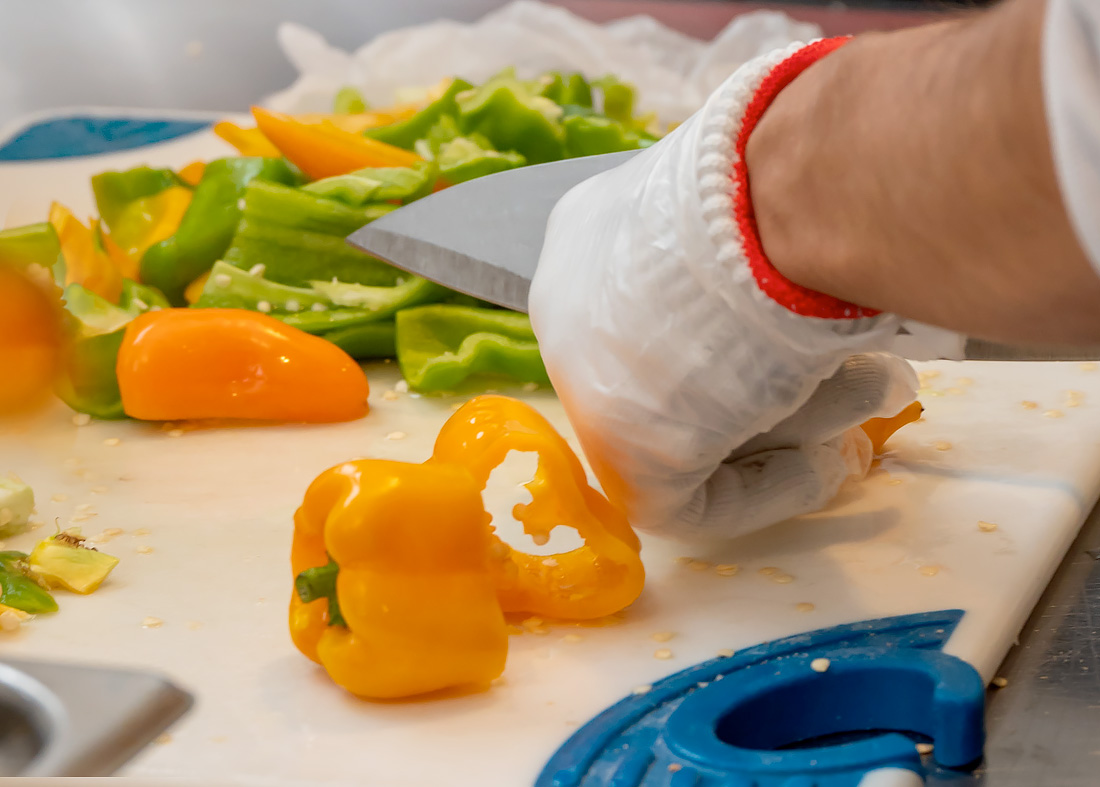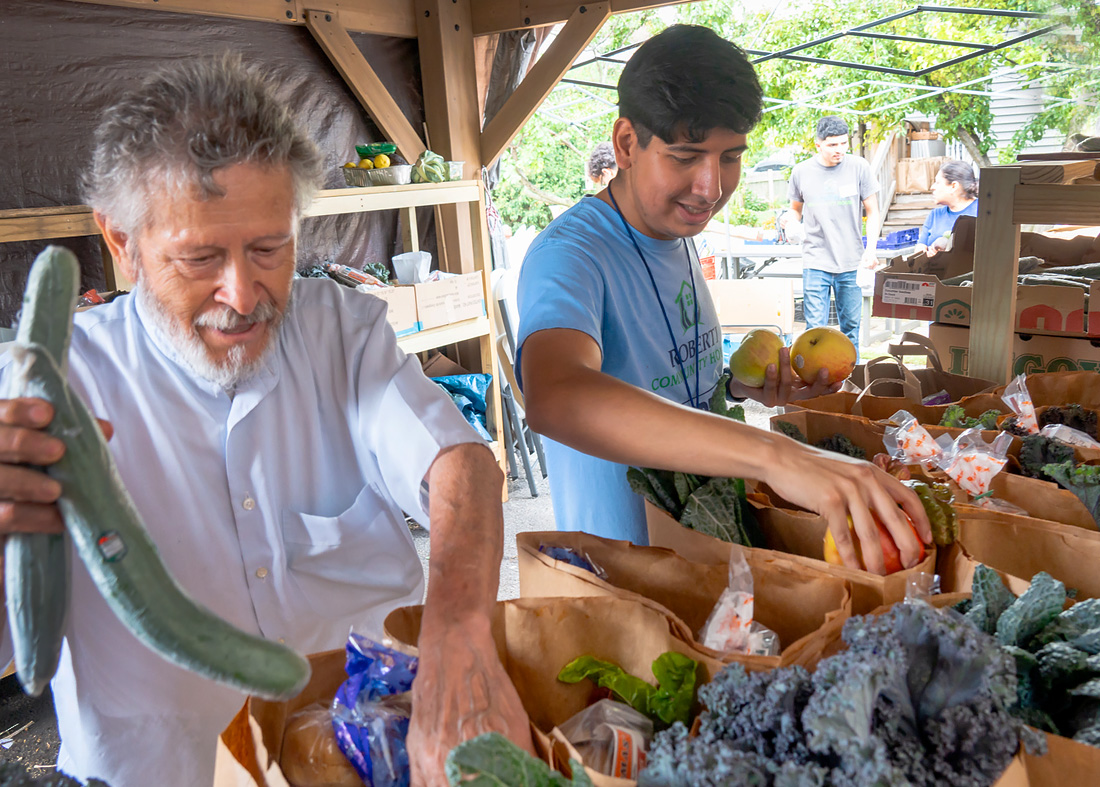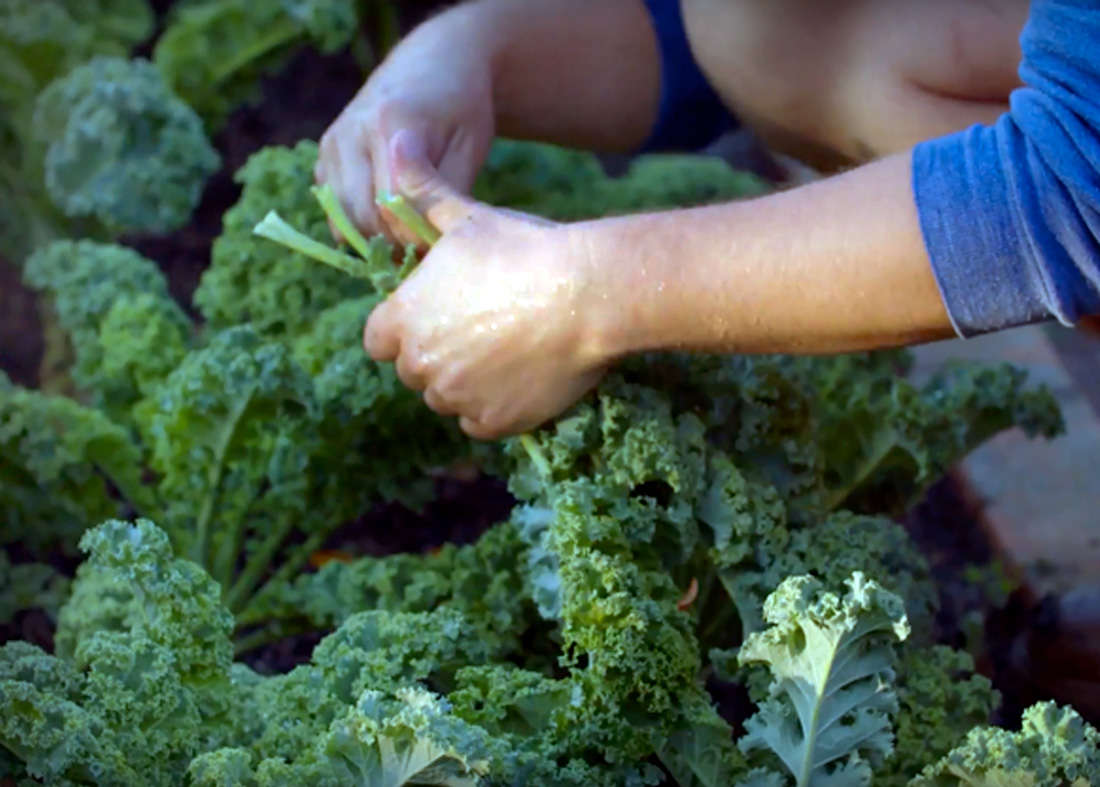

Roberti Community House
From Grower to Giver
At dawn, the harvest begins at the Regenstein Fruit & Vegetable Garden where pounds of fruit and vegetables are picked and nudged from the soil, then loaded into volunteers’ cars. Soon after, the boxes arrive at the Roberti Community House in nearby Waukegan.
From grower to giver, this lifeline is set in motion each Wednesday to help feed the neediest families.
“Many of our families are living paycheck to paycheck and fresh foods, fruits, and vegetables isn’t something they can afford or that is regularly available at a food pantry or soup kitchen,” said Maribeth Roberti, who founded the Roberti House 13 years ago. She knows that packaged goods from pantries serve an important purpose, but added, “being able to rely upon the high-quality produce from the Garden is something we all get excited about.”
This year, all produce grown at the Chicago Botanic Garden, which is roughly 4,400 pounds, is being donated to the Roberti House. More than 700 types of edible plants, including 400 types of vegetables, are grown, said Lisa Hilgenberg, horticulturist at the Fruit & Vegetable Garden. The late fall harvest included vitamin-rich leafy greens—Swiss chard, collards, mustard greens—radishes, turnips, and apples.
“Harvesting the bounty of the Fruit & Vegetable Garden is a true team effort,” Hilgenberg said. “Now that we have this wonderful relationship with the Roberti House, we’re hoping we can plan for more production, too.”
Indeed, the need is great. About 130 families facing food insecurity have signed up to pick up food boxes each week but more than 75 families are on a waiting list—they can pick up food boxes when there is a surplus.
The Garden’s produce is a fraction of what the Roberti House gives to families. Donations come from other farms and organizations. Volunteers assemble food boxes that complement the Garden’s produce, including bread, avocadoes, oranges, yogurt, and mangoes, for example.
Some produce is used in the Roberti House’s Culinary Pathway program, a workforce training program. And they also prepare more than 100 bagged donated lunches five days a week.
“Produce around here is expensive. And the produce provided by the Garden is unusually high quality,” Roberti said. “We share ways to incorporate it into their meals. We also have cooking classes. The focus is on health and wellness, and everything we do is really to promote this and connect with people and community.”
It was in 2010 while Roberti was volunteering at a food pantry when she saw hope in a run-down, foreclosed, former gang house across the street. With help from family and other generous donors, she purchased the house and oversaw the renovation—complete with a white picket fence—for neighbors of all ages to gather and grow in a safe place. The Garden jumped in from the beginning by designing pathways and landscaping the gardens.
“When you’ve been in the position of the people you’re helping, it touches a little bit more, heart to heart,” said Pastor Melvin T. Brown Jr., a volunteer at the Roberti House. “The community itself? Honestly, they’re suffering.”
